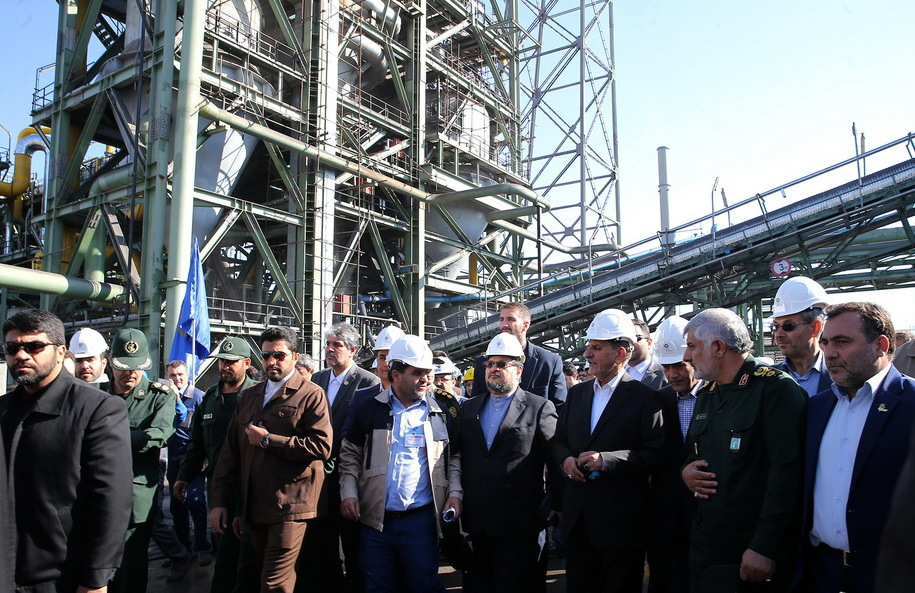Miyaneh Steel Complex’s direct-reduced iron plant was inaugurated by First Vice President Esha’q Jahangiri on Saturday, Iranian Mines and Mining Industries and Development and Renovation Organization reported.
The plant, located in East Azarbaijan Province, has an annual sponge iron production capacity of 800,000 tons with content reaching up to 95%.
This is the second DRI plant in Iran equipped with the Iranian direct-reduction technology called PERED or Persian Reduction, invented and patented by MME Co., an Iranian engineering company registered in Germany.
The technology, which makes optimum use of energy and raw materials, reduces production costs with the added advantage of being more environment-friendly compared to other direct reduction methods.
Shadegan Steel’s DRI plant was the first to utilize PERED back in May.
DRI, also called sponge iron, is produced by using a reducing gas made from natural gas or coal. It is most commonly made into steel using electric arc furnaces. About 70-75% of Iranian mills use EAFs.
Iran is currently the world’s largest producer of DRI as it produced 11.68 million tons of the material during the eight months of 2017, up 11.2% year-on-year. The August output was up 6.231% to 1.43 million tons.
Miyaneh Steel Complex is one of the “Seven Provincial Steel Projects,” which date back to 2006 when the government decided to implement eight steel projects in the provinces of Chaharmahal-Bakhtiari, Fars, Khuzestan, Yazd, Kerman, East Azarbaijan, South Khorasan and Khorasan Razavi.
After only one of the projects was taken over by the private sector, the rest were not well received due to their inappropriate locations and undesirable progress. Therefore, IMIDRO took over 65% of the projects’ shares and undertook the task of attracting the required investment.


